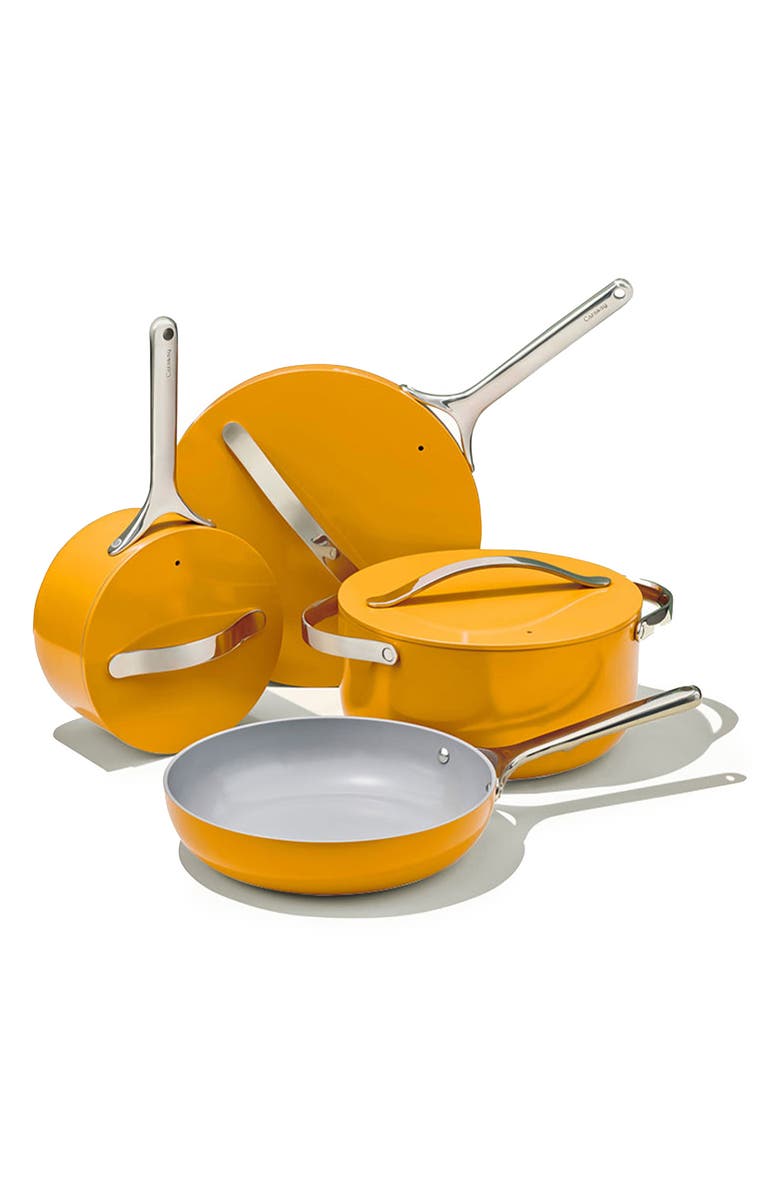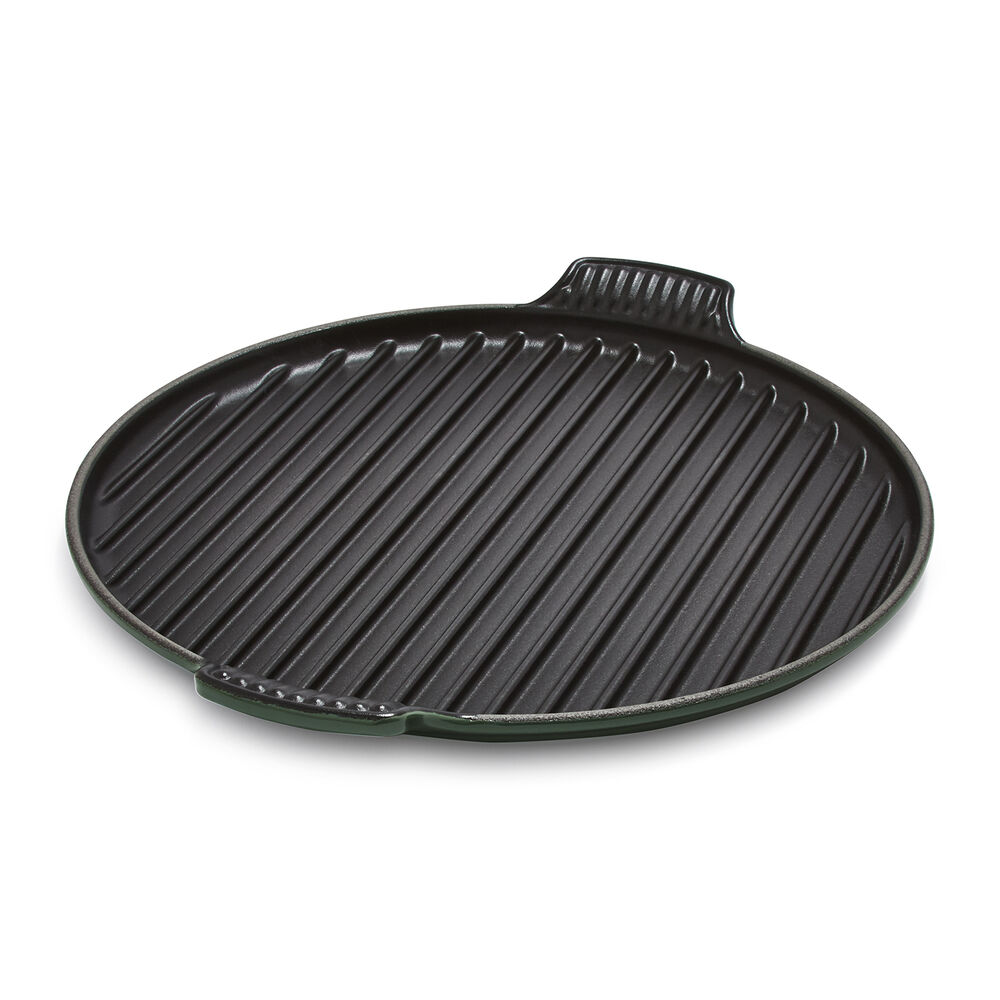10-Piece Stainless Steel Cookware Set – ALL-CLAD
Equip your kitchen in professional fashion with this matching ten-piece set.
Equip your kitchen in professional fashion with this matching ten-piece set. It includes 8″ and 10″ fry pans, 1 1/2-quart and 3-quart sauce pans, a 3-quart sauté pan and an 8-quart stockpot. All pieces are constructed with three bonded layers of stainless steel and conductive aluminum, each of which contributes to superlative heating performance on traditional and induction cooktops alike. Stainless cores improve stability, preventing warping and virtually eliminating hot spots, while magnetic exteriors make the pans compatible with hob surfaces. The 18/10 stainless steel interiors are hygienic and safe, with interior starburst finishing to improve nonstick performance. Tight-locking lids, specially designed to retain moisture, are safe for use in the oven or on the stovetop; and convenient rolled lips make for easy pouring. Comfortably oversized handles finish off this collection of kitchen favorites.
To clean, allow to cool, then hand wash, rinse with warm water and dry immediately.
- Oven safe to 600°F
- Compatible with gas, induction, ceramic, halogen, grill, oven and electric heat sources
- Stainless steel/aluminum
- Hand wash
- Made in the USA
- Item #5521638






by Chris
Have only used a couple times but I love them. Awesome product
by Rebecca
It is a beautiful, well made set. It has been easy to clean and a joy to cook with.
by Hammock
Great! Super sturdy and packaged well. Beautiful yet simple design. First time I didn’t burn my food!
by James
I gave these pans as a gift and the receiver can’t seem to use the fry pans without lots of sticking, but the other pots and pans are great. I now have the fry pans in my kitchen. I use my cast iron, so I can’t say anything about the fry pans from a personal use.
by Mark
Timeless. Quality. These are pans that will be passed down for generations. They are searing machines but can soft scramble eggs to perfection. I’m proud to display them on the counter top.
by John
These are amazing quality built pans. They cook perfectly and heat up quickly and evenly. My wife is a very happy lady!